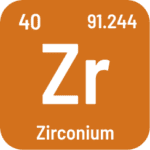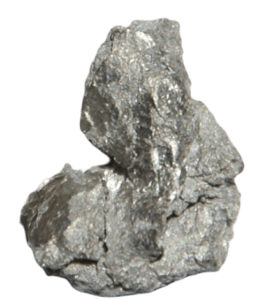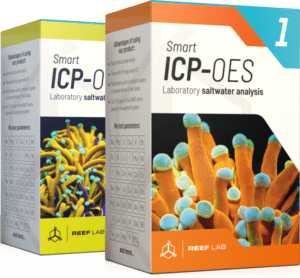Zircon and its significance in marine aquaristics

Table of Contents
What is ZIRCON (Zr)?
 Zircon (Zr, Latin: zirconium) is a silvery-grey metal classified within the group of transition metals*. It is found in the Earth’s crust, mainly in the form of two primary minerals: zircon (ZrSiO₄) and baddeleyite (ZrO₂). In seawater, zircon is predominantly present in the form of zircon ions (Zr⁴⁺). Due to its low solubility, the concentration of zircon ions in seawater is very low, typically in the range of nanomoles per liter. Zircon is also relatively stable in the marine environment. It does not react intensely with other substances in seawater and does not decompose rapidly.
Zircon (Zr, Latin: zirconium) is a silvery-grey metal classified within the group of transition metals*. It is found in the Earth’s crust, mainly in the form of two primary minerals: zircon (ZrSiO₄) and baddeleyite (ZrO₂). In seawater, zircon is predominantly present in the form of zircon ions (Zr⁴⁺). Due to its low solubility, the concentration of zircon ions in seawater is very low, typically in the range of nanomoles per liter. Zircon is also relatively stable in the marine environment. It does not react intensely with other substances in seawater and does not decompose rapidly.

The significance of zircon in seawater
Zircon is neither a nutrient nor an essential element for marine organisms such as corals, fish, or invertebrates. However, at higher concentrations in seawater, it can have a negative impact on marine animals. Its presence in a reef tank indicates contamination with this element.
Hazards associated with excess zircon in seawater
Elevated levels of zircon in seawater are undesirable, although its direct impact on marine animals is not yet well understood. Nonetheless, it is recommended to maintain zircon concentration at undetectable levels (0 μg/L).
How to protect an aquarium?
It is important to regularly check the zircon content and keep it at an undetectable level – 0 μg/L. The most accurate and reliable method for determining zircon is ICP-OES analysis. Inductively Coupled Plasma Optical Emission Spectrometry (ICP-OES) is the most precise analytical method for analyzing the elemental composition of seawater.
Recommendations
To ensure an appropriate level of zircon in the aquarium, you should systematically test it and maintain the proper level. If the zircon level is above 0 µg/L, it can lead to health problems for corals and other animals, and even cause their death. Common causes of exceeding the recommended zircon level include:
- Contaminated salt,
- Components made of plastics (zircon may be used as a filler and a flame retardant additive in plastics),
- Components containing zircon (e.g., nickel alloys with zircon often used in circulation pumps).
Identify and eliminate the cause of the problem and lower this parameter in the water. Perform up to 6 water changes. It is recommended to replace about 15% of the aquarium water volume during each change, until the recommended value of this parameter is reached. The water prepared for changes must be characterized by the appropriate salinity of the target. Use salt with the proper parameters and composition suitable for the ICP test.
Summary
The presence of zircon in seawater poses a threat to most marine organisms. To protect marine animals in the aquarium from the adverse effects of zircon, it is recommended to maintain its level at 0 μg/L.
*Transition metals – a group of chemical elements in the periodic table that includes the transition groups of the periodic system, i.e., groups 3-12.
About the author

Bartosz Kuras
I am a graduate of the Faculty of Chemistry with a specialization in Environmental Chemistry and Bioanalytics at the Nicolaus Copernicus University in Toruń. During my professional career, I have had the opportunity to work in an accredited research laboratory, among others. I specialize in analytical chemistry.
Privately, I am a fan of mountain hiking and marine aquariums, which I have been involved with for 5 years.
